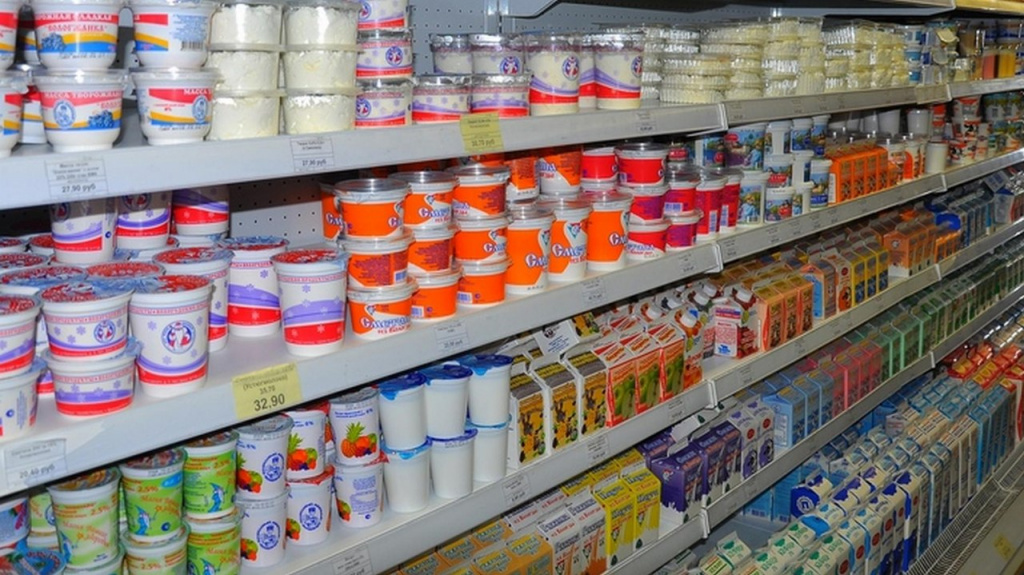Shelf space is one of the main definitions in merchandising. Every retailer uses it. With the help of this indicator, it is possible to optimize and organize products on the trading floor, as well as increase turnover.

For the successful calculations, one must follow basic rules. You cannot put all the items that the store sells on the shop equipment. It is essential to consider several parameters to avoid the risk of reducing sales, and, as a result, reducing the income of the outlet. Let's figure out how to calculate the percentage of shelves in a store with examples that will help apply the information in practice. There is a convenient and straightforward formula for this.
What does the concept mean?
Shelf share is a metric used to compare the number of units of a particular brand with other positions on the shelf space. In other words, it shows what percentage of the area a certain SKU occupies on trade equipment. You can also calculate the shelf share for a particular company's products.
We are talking only about certain areas of the store. If it is necessary to define an indicator for, let's say, energy drink Turbodrill, then the percentage will be calculated only in relation to energy drinks in this department. Racks with tea, beer or milk are already different sections; for them, the calculations will be different.
The indicator is determined as a percentage - in this way, it is most convenient to decide on the ratio of a particular warehouse accounting unit with other items. Measurement in centimetres is also acceptable – it is not very convenient, but retail stores also use a similar approach.
What does the shelf share depend on?
The main criteria allowing to determine which space is allocated for SKU is sales statistics at a point of sale. Correct calculations will help to identify inconsistencies with the general indicators of turnover. As a result of the incorrect distribution, some of the products are not bought as actively as the manufacturer expects.
For example, kefir Kostlich is bought most often, and the assortment includes four products of this category from different brands, the percentage of shelf space cannot be only 10%. Since a product is popular, there should be a sufficient number of packages at the stands; otherwise, employees will not have time to bring new ones from the warehouse. Otherwise, empty shelves await visitors. All this negatively affects customer loyalty and reduces the store's image.
Kefir Veganlife is bought quite rarely, but its amount on the shelf space is more than 45%. The product will stand for a long time - beyond the expiration date, meaning the store will need to dispose of it. It will lead to unplanned costs and losses for the retailer.
How to calculate the percentage of shelves in a store?
Let's say a store has 13 shelves of equal size for cookies. A product called "Merry Bear" from the "Sweet Animals" trademark occupies completely one compartment. This means that his shelf share is 1/13, which is 7.69% in percentage.
The same company also produces and sells "Clever Bunny" cookies, which also occupy one shelf. Its share of shelf space will be the same as that of the Merry Bear. For all Sweet Animals products, this figure will be 2/13 (15.38%)
You can also calculate in centimetres. If the width of the shelf is 200 cm, then the shelf share for the specified cookie will be the same. In cases where five types of goods with different articles equally share one shelf space, for each of them, this indicator will be 40 cm.
The formula for determining the percentage of shelf space
For calculations, you need to use the concept of facing. This is the number of products that are on the front edge of the shelf and come into the shopper's field of vision before everything else. For example, if there are 30 packages of ground coffee on the rack, and they are arranged in 3 rows, the SKU has 10 faces.
The percentage can be easily calculated in the following way: shelf share (%) = (number of faces / total number of faces) x 100.
Let's give an example of calculations. In the store, in the section where the juice is sold, 4 warehouse accounting units are displayed. Distribution of goods in the first row:
- "Happy orange" - 5;
- "Fruit Joy" - 3;
- "Farmer's Product" - 2;
- "Fruit Paradise" - 7.
A total of 17 faces are displayed on the rack. If we calculate the share of shelf space for the first product, it will be (5/17) x100 = 29.4% (rounded to tens). For the last product on the list using the same formula, the figure will be 41.1%. Thus, using this scheme, you can quickly calculate the share of shelf space without resorting to manual calculations.
